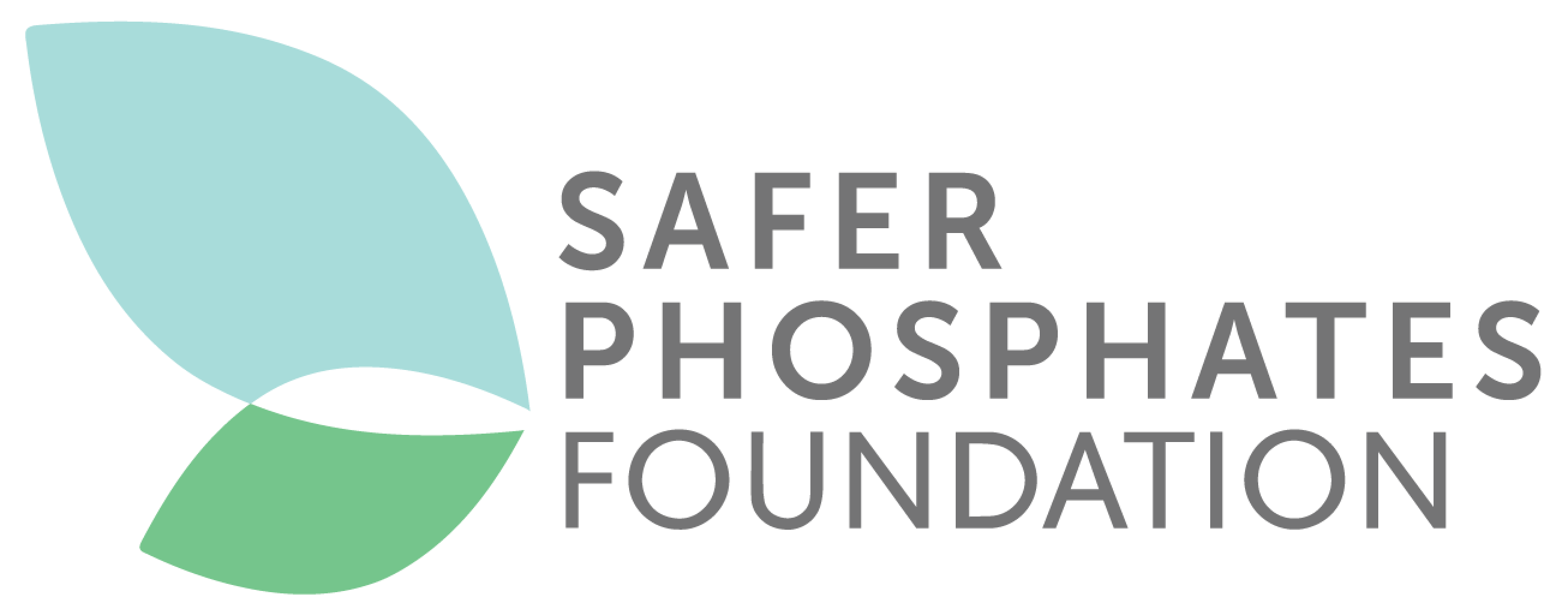Whether for cats, dogs, poultry, cattle or pigs, feed should be healthy and free of contaminants. However, several recent product recalls have shown that this is not always the case.
As with humans, the health and performance of animals depends fundamentally on a balanced diet. In livestock farming, the quality of feed is a determining factor, but the demands are also increasing for domestic animals. It is clear that feed must be adapted to the particular animal species, contain sufficient nutrients and be free of undesirable or prohibited substances. To ensure this, feed is subject to strict regulations that demand regular analyses.
)
Heavy metals can be harmful to humans and animals and can cause chronic poisoning. These substances may be present in animal feed via soils, fertilisers or additives.
For instance, cattle’s metabolic functions are negatively impacted by the extended consumption of feed containing toxic heavy metals and the accumulation of such substances in the animal’s body. This causes the breakdown of proteins and the emergence of molecules of medium weight that are physiologically active over time, which further disrupts metabolic processes.
Specifically, taking cattle as an example, the following heavy metals can be absorbed in the animal’s body, passing further along the food chain:
Cadmium accumulates in the kidneys and the liver
Chromium accumulates mainly in the liver
Arsenic migrates actively through the feed–milk system
Uranium accumulates mainly in bone tissue (most intensively in young cattle)
In the European Union, maximum levels have been set for lead, cadmium, mercury, arsenic and fluorine; lead, in particular, has been detected repeatedly in animal feed.
The most significant piece of EU legislation is the EU Directive on Undesirable Substances and Products (Directive 2002/32/EC), which specifies maximum limits for chemicals and heavy metals in feed products. Moreover, Commission Recommendation 2006/576 sets values for mycotoxins in case of negligible transfer into animal products and negligible exposure to consumers.
The Rapid Alert System for Food and Feed (RASFF) was created (in 1979) to ensure the exchange of information between EU Member States in order to enable food safety authorities to react swiftly in case of risks to public health resulting from the feed – or food – supply chain. The RASFF is commonly used to identify the risk-exposure ranking of the different types of contaminants in feed: heavy metals together with ragweed, non-authorised chemicals and ruminant DNA result in 6 to 12 notifications per year.
More information is available:
Directive 2002/32/EC: https://eur-lex.europa.eu/legal-content/EN/TXT/HTML/?uri=CELEX:32002L0032&from=
Commission Recommendation 2006/576: https://eur-lex.europa.eu/legal-content/EN/TXT/?uri=CELEX%3A32006H0576

